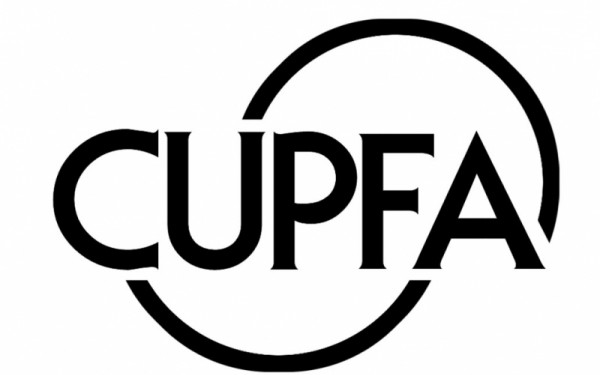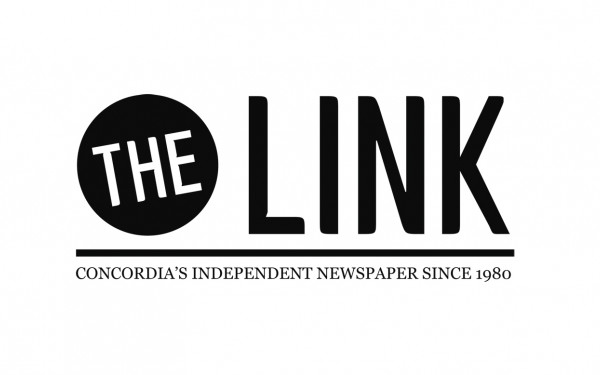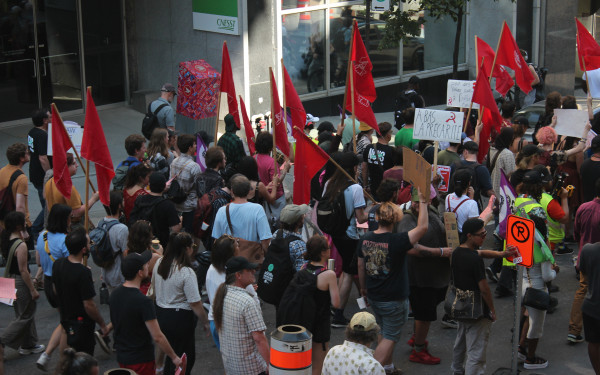Editorial
Standing Shoulder to Shoulder
Strike.
It’s a six-letter word every Montreal undergrad has become familiar with, whether it sparks memories of the social tidal wave that flooded our streets for months, or members of the McGill University Non-Academic Certified Association marching outside their employers’ stone gates.
The city’s recent past considered, there’s a valid reason to feel wary when talks of “strike” arise—considering you were probably looking forward to a break from all the excitement. But Sunday, 95 per cent of the Concordia University Part-Time Faculty Association voted in favour of an unlimited strike mandate.
Before you seek cover, wishing everything “went back to normal,” let’s clear up a few things.
Limbo is the normal for CUPFA. The last collective agreement took seven years to reach, and now that it has expired, CUPFA is worried about yet another uncertain future. CUPFA is not currently on strike, but that option is now on the table. And with negotiation conditions seeing no improvement, this can be seen as a pressure tactic going into the next round of negotiations on Nov. 29.
It may be a last resort, but—like the student conflict—a strike looms because history proves it works. Its strength lies in how extreme it is; nobody wants the grief caused by grinding operations to a halt. But if there is enough support and momentum, as we saw last spring, then the tactic can be popularly understood and its efforts can effect true systemic change.
But unlike the student general strike, there’s no room to devalue the right to strike with semantic nitpicking and a belittling name change. These are people’s jobs we’re talking about, and with an overwhelming majority of CUPFA members in favour of this symbolic motion, there’s ample reason to take them seriously.
When Jean Charest’s Liberal Party came out with their “deal” for students in May, CUPFA called the government out. The deal, they said, did little more than put the onus on universities to cut administrative services with no clear directive as to how; essentially telling universities that if low tuition was so important to them, then they should be trimming the fat themselves.
CUPFA stood by students with reasoning and facts. We plan on doing the same. In this ironic world where technological progress can move our lives forward by leaps and bounds, workers’ rights—or anything else that gets in the way of the bottom line—can still be set back a century by penny-pinching corporate interests. At the end of the day, employers are playing a dangerous game of chicken with their own interests, though.
Collective agreement means mutual respect, and the fact that many workers are living their day-to-day with no promise of a stable future is plainly showing a lack of respect. When CUPFA began rotating strikes in 2009, a collective agreement was met. But failure to come through on what was agreed upon has necessitated new negotiations— negotiations that CUPFA members feel are moving further in the wrong direction.
Our part-time faculty doesn’t want to go another seven years with a future in limbo, and no one can blame them for that. What’s clear is that our duly elected student representatives need to make our solidarity with the part-time faculty members a priority—and they need to get the word out about it.
Our student union has a long history of taking political stances, and this one seems like a bit of a no-brainer. We’d be hard-pressed to find another group on campus with a vision for our university that so closely resembles our own.
Just like CUPFA, we prioritize both accessibility and equity. After all, if that can’t be achieved here, then what hope do we have for such values once we leave this hallowed Hall Building?
If this clash leads Concordia back to the picket lines once again, then we all need to seriously consider the implications of crossing them.

WEB_900_661_90.jpg)
_600_832_s.png)




